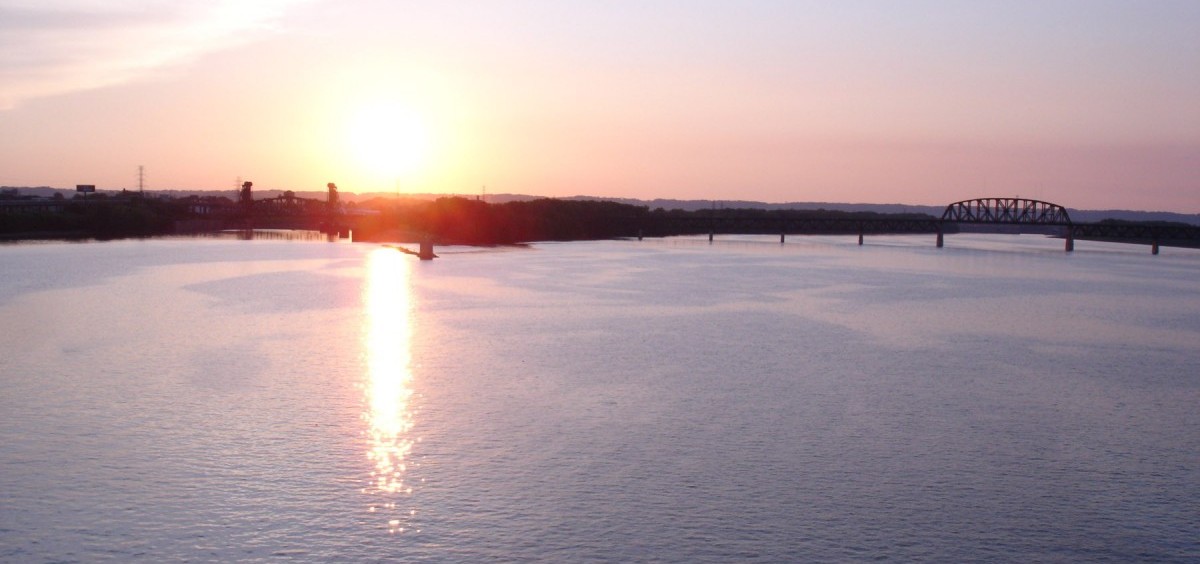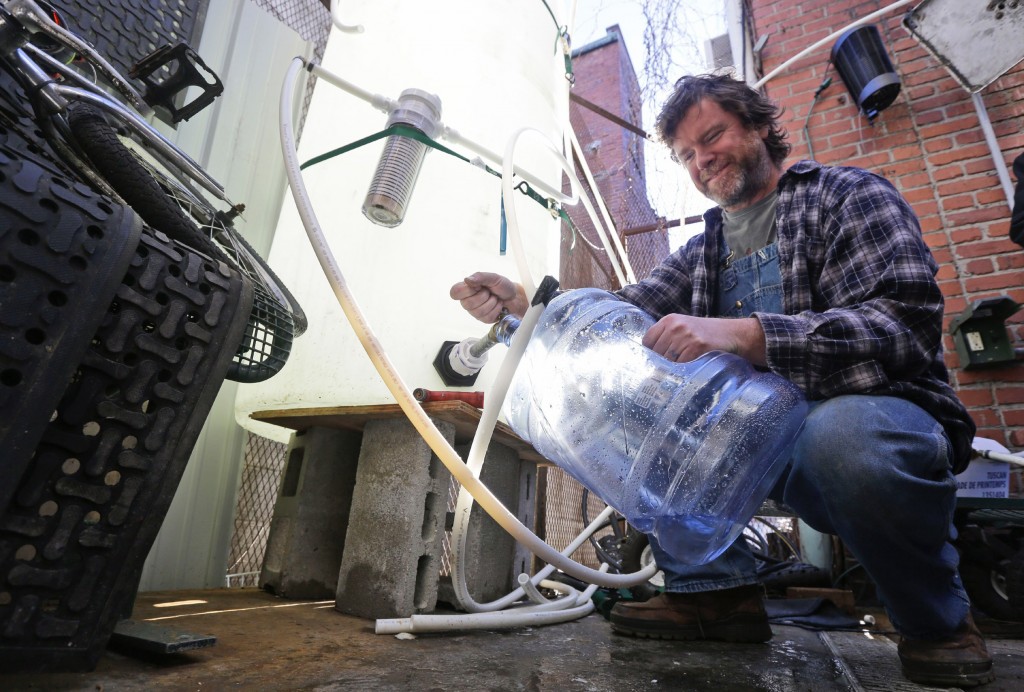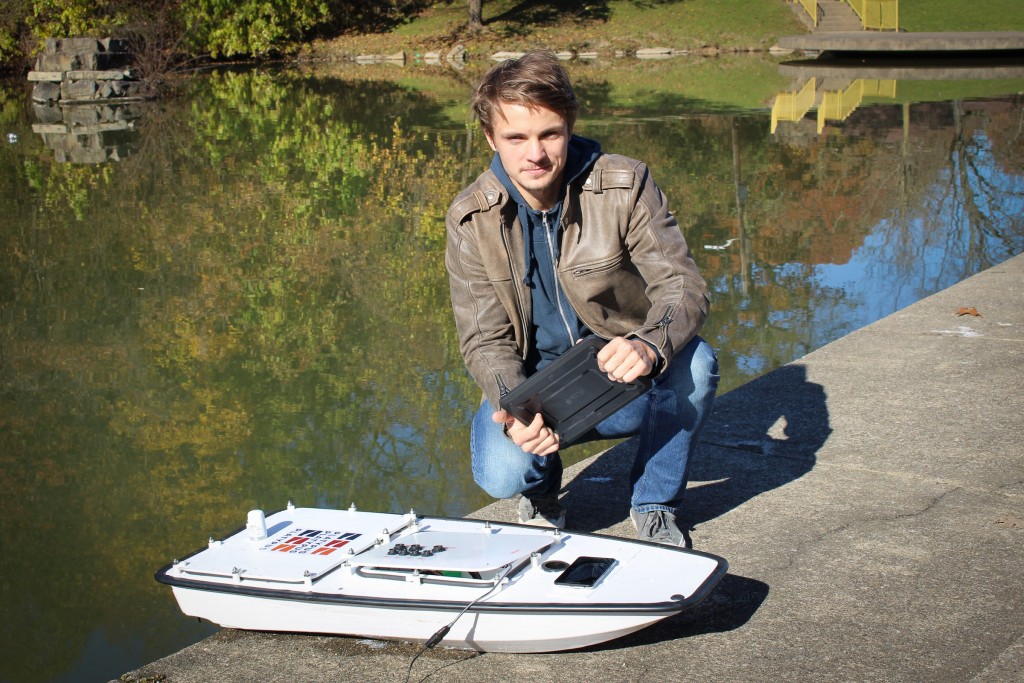News

Past Accidents Have Lead to Stronger Drinking Water Protections
< < Back toChances are, one of the first things you do in the morning is turn on the faucet. For more than three million people in Ohio, Pennsylvania, Kentucky and West Virginia, that means getting tap water that comes from the Ohio River. But according to the Environmental Protection Agency, the Ohio is also one of the most polluted rivers in the country.
For residents of the region, news reports about toxic chemical spills shutting down drinking water supplies are the stuff of recent memory. In 2014, for example, a toxic chemical spill in Charleston, West Virginia on the Elk River—a tributary of the Ohio—affected the water supply for more than 300,000 West Virginians and shut down schools, businesses and local governments.
The story of Charleston is well known now. Ten thousand gallons of a coal-processing chemical leaked into the river from a storage tank owned by Freedom Industries. It was just upstream from a water treatment plant, where Charleston pulls in water from the river to send to customers.
LISTEN: The Silver Lining of Chemical Spills
When Evan Hansen, head of an environmental consulting group in Morgantown, saw what was happening, he got to work.
“I started doing research online on source water protection and policy and started tweeting out information I started to find,” Hansen says. He wrote up a report about it, which quickly found its way to West Virginia lawmakers.
“The impact was so great because the drinking water system got contaminated,” Hansen says. “Systems were not in place, or actions were not taken, to prevent that contamination from happening.”
The accident, which was in a part of West Virginia nicknamed “Chemical Valley,” spurred the whole state to get more serious about protecting its drinking water from chemical spills. West Virginia increased its regulation of chemical storage tanks, and it required water treatment plants to spell out how they would protect their source water. Other states along the Ohio River, like Pennsylvania and Ohio, have been doing this for years.
“The Ohio River has been in front of any water system in this country—and probably around the world,” says Stanley States, who worked at the Pittsburgh Water and Sewer Authority for more than 30 years. He now educates experts at water treatment plants around the country on how to protect drinking water from chemical spills and other environmental problems.
He says it wasn’t that other states had more foresight; the simply responded to earlier industrial spills of their own. “Unfortunately, they have to wait for definitive proof that this is really a threat before you can justify putting huge sums of money in it,” States says.

Another silver lining of unexpected contamination in the Ohio River is improved water monitoring for problems. Richard Harrison is head of the Ohio River Valley Water Sanitation Commission (ORSANCO), and he says the agency gets about 600 calls a year about spills into the river. Sometimes it’s something really small. But when it’s a bigger spill, ORSANCO works with the water utilities to assess what should be done.
“[We] really help determine if it’s something the downstream utilities need to be concerned about,” he says.
For example, as the Elk River spill made its way down the Ohio River, water utilities were actively communicating with each other. By the time the contamination reached Cincinnati, they knew what time to expect it and how long to shut down their water intakes.
“And then we were able to work with the Greater Cincinnati Water Works to convey that same information downstream to Louisville and Evansville,” Harrison says.
You might also expect that treatment plants continuously test the raw water coming into their plants. In some cities like Pittsburgh, they do, and Charleston was required to do that after the Elk River spill. But that’s actually a new idea in many places. Some treatment plants don’t have the resources for constant monitoring.
That’s where new technologies could help. Christopher Tomaszewski is a PhD student at Carnegie Mellon University, and at 26, he looks a little old to be playing with the toy-sized boat he’s just launched into a small pond in Pittsburgh’s Highland Park neighborhood. But it’s not just any old model boat.
“I work at Platypus, which is an environmental monitoring company,” he says. “And we use robots like this to survey areas for depth or pollution.”

It’s kind of like a drone in the water, and it uses a cell phone’s compass and GPS systems to navigate around. The Platypus boat has been used to collect water quality data near wastewater treatment plants—including information about salinity and dissolved oxygen, which Tomaszewski says are critical to fish and plant life.
He says the data and water samples collected by this little boat give a more comprehensive look at what’s happening in the water than researchers could get before. And this is just one way technology is being used. As projects like Platypus improve data gathering, others are now sharing that information online in real time. The idea is to keep giving water treatment plants more information—and more notice—so they can handle what’s coming down the river and protect our drinking water.
###
This story is part of our The Allegheny Front’s Headwaters series, which explores the environmental and economic importance of the Ohio River. Headwaters is funded by the Benedum Foundation and the Foundation for Pennsylvania Watersheds, and is produced in collaboration with West Virginia Public Broadcasting.

